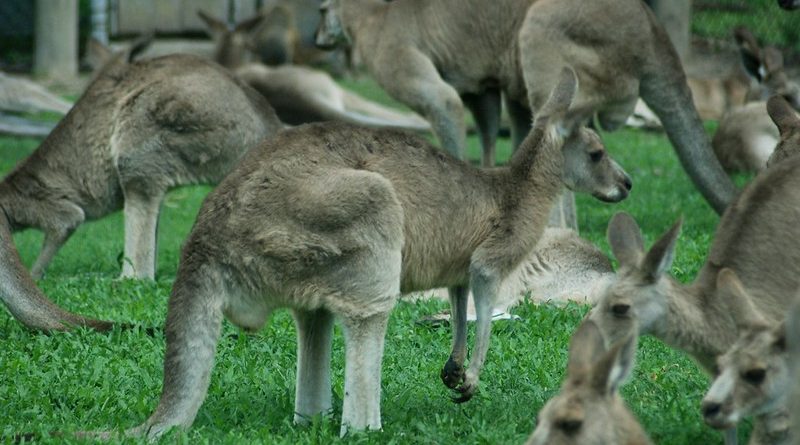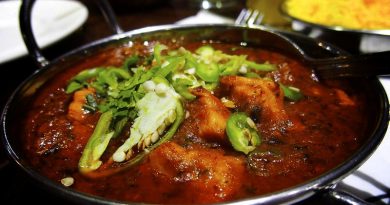The Mighty Kangaroo
Nature Facts
Where: ‘down under’ overruning the vast plains of Australia
Facts: The tiny baby roo lives in its mother’s pouch for 8 months
Watch out for: A quick one-two you wouldn’t want to be on the end of
Some animals need no introduction and the kangaroo, symbol of Australia, is one of them. Even if Skippy never featured heavily in your childhood, you’ll recognise this strange, spring-heeled creature and associate it immediately and uniquely with that vast land down under where there’s even more odd-looking fauna than odd-looking locals. Legend has it that the kangaroo gets its name from an early encounter between the Australian Aborigines and the white settlers. When asked by the Europeans what on earth these weird-looking things were, a native replied “kangaroo” – meaning, “I don’t understand you”.
Bouncing babies
In recent years, the kangaroo population has been variously estimated at between 20-25 million, outnumbering the human population by about 2-7 million. They can get by on almost no water, which certainly helps, but another factor is their exhausting and almost continuous breeding cycle. Beginning at the age of 15 months, the female kangaroo (flyer) gives birth to a tiny, immature baby (joey) weighing less than a half an ounce, which climbs into the pouch and attaches itself to a teat. The flyer then gets pregnant again immediately but leaves the new embryo “on hold” in the uterus until the joey leaves the pouch after about 8 months. It then activates the dormant embryo and the whole process kicks off again.
Pesky or tasty?
So prolific are kangaroos in fact that, despite being revered as a symbol of Australia, they are considered to be a pest. Each year millions of kangaroos are slaughtered, for their hide and meat but also for sport or by farmers who believe that legal methods of population control (government-issued permits allow a percentage to be killed for this purpose) are insufficient to protect their crops. This in turn sparks debate between animal rights activists, who criticise hunting methods as inhumane, and those who argue that culling is an effective way of bringing the population down to a level that does not impact adversely on the environment. Whatever stand you take on this issue, you’ll find that kangaroo meat features heavily on Australian restaurant menus in every conceivable form – from kebabs, to steaks, to burgers. If you don’t have a problem with it, it really is worth a try – low in fat and cholesterol and, if cooked properly, gamey and delicious.
Mega marsupials
There are over 47 varieties, the most common of which are the grey kangaroo, found in the forested areas of Australia, and the red kangaroo, which is primarily found in the Australian outback. They have a life expectancy of about 6 years in their natural habitat, but about 20 if kept in captivity. Their tails, around 3ft long, are used for balance and the males (boomers) can grow up to 6 ft tall. Their characteristic leaps and bounds are powered by their strong hind legs and can be up to 30 ft in height and at speeds of up to 30 miles per hour. The boxing kangaroo, that famous symbol of sporting Australia, actually has some basis in fact – the boomer will keep the younger joeys in check by boxing them – but beware. They’re not above taking a swing at humans, and with a weight of up to 300lb, that’s probably something you don’t want to be on the receiving end of.
MORE INFORMATION
Save the Kangaroo
For a passionate argument against the killing of kangaroos
The Southern Game Meat company
Tasty kangaroo recipes
Article By Sarah Rodrigues




